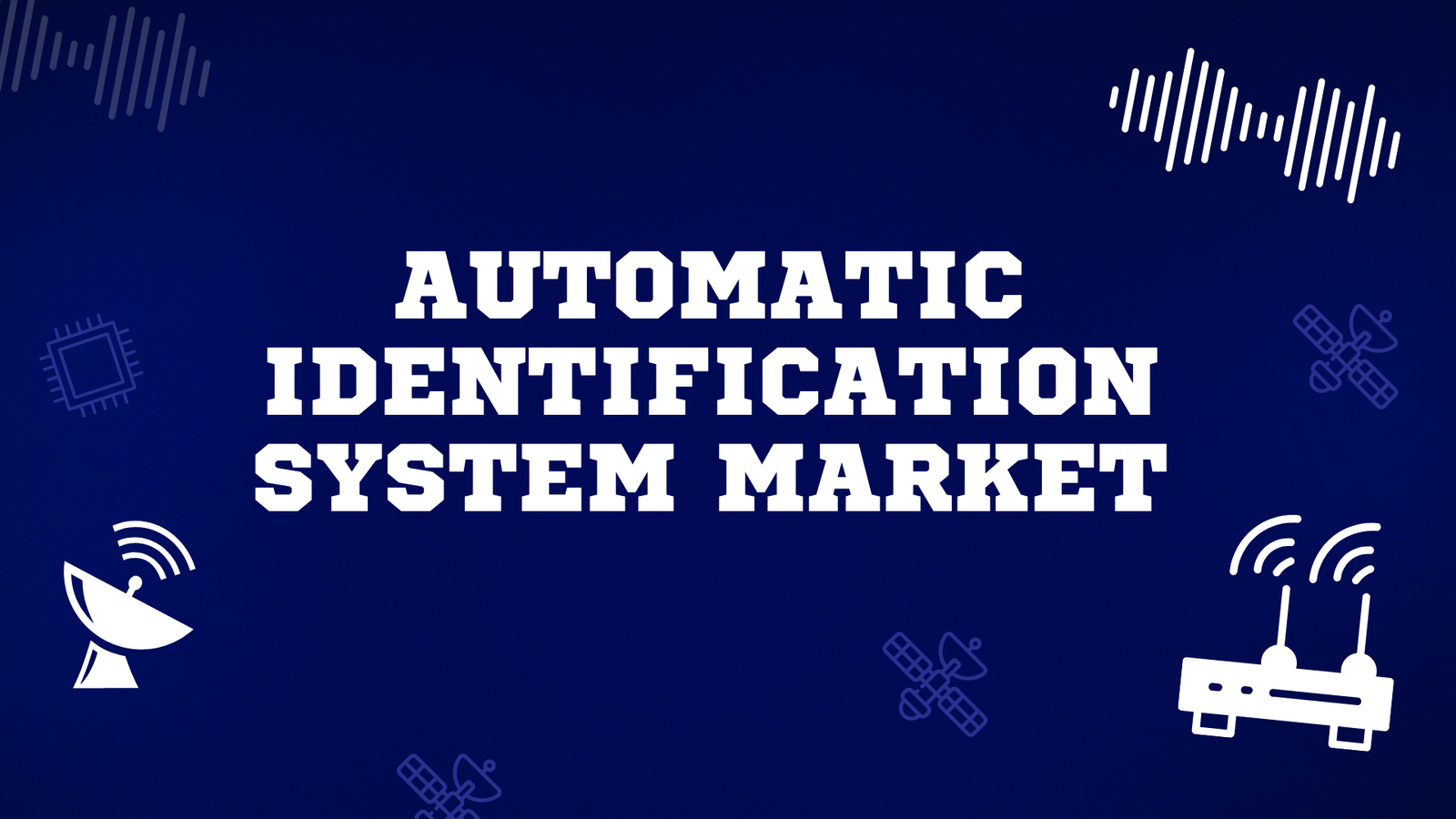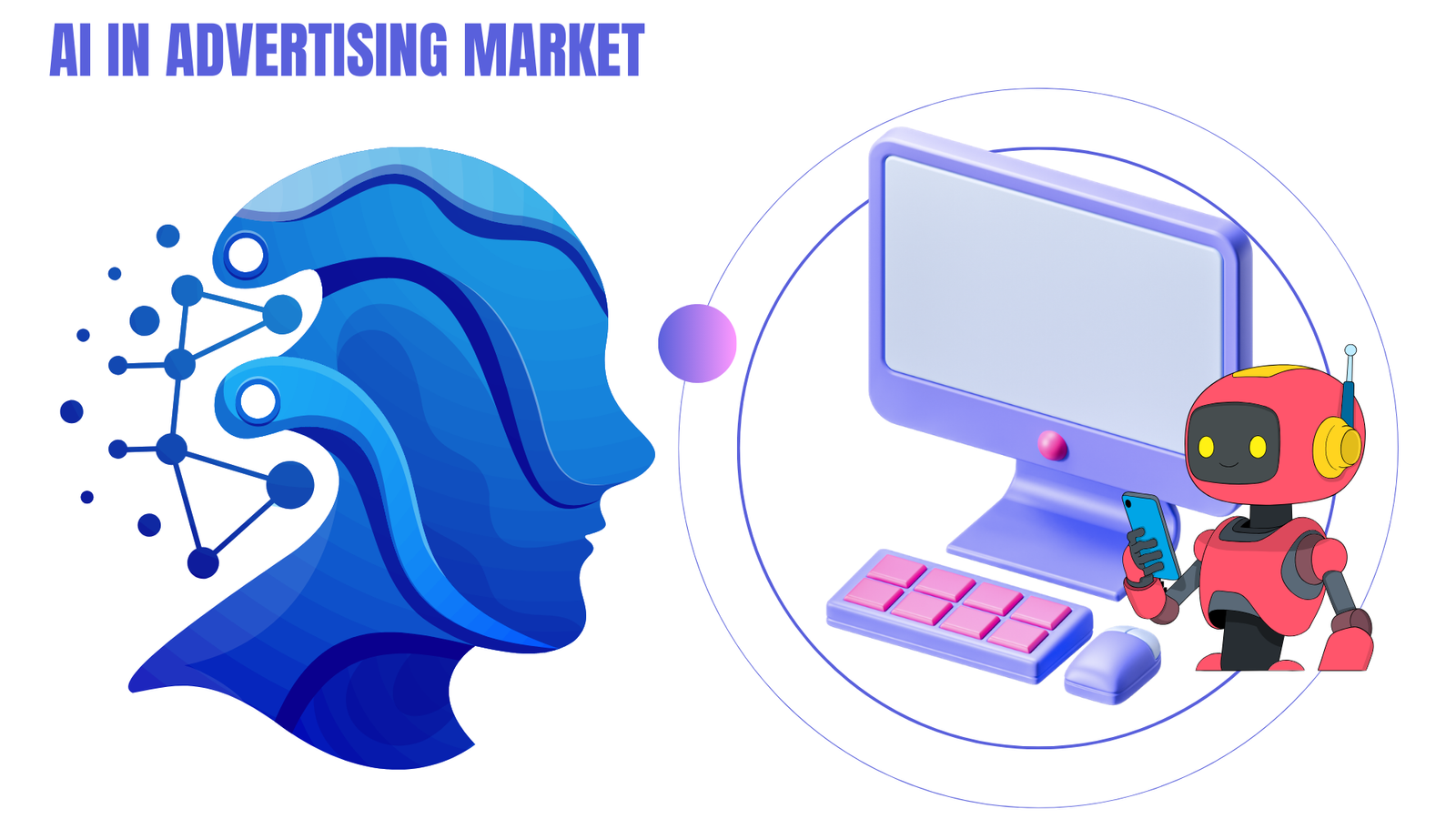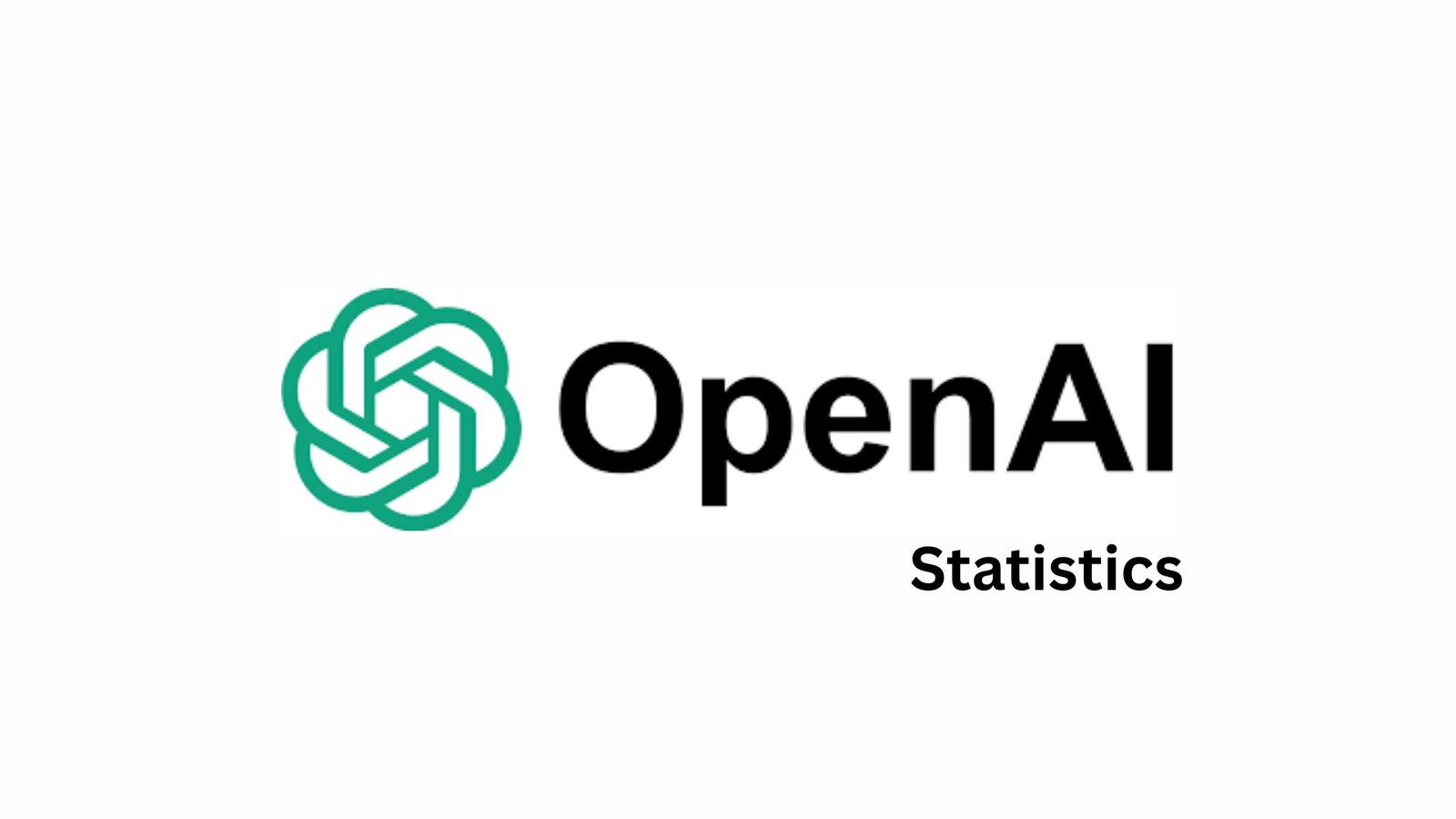AI Annotation Market set to reach USD 28.5 Bn by 2034
Updated · Nov 26, 2025
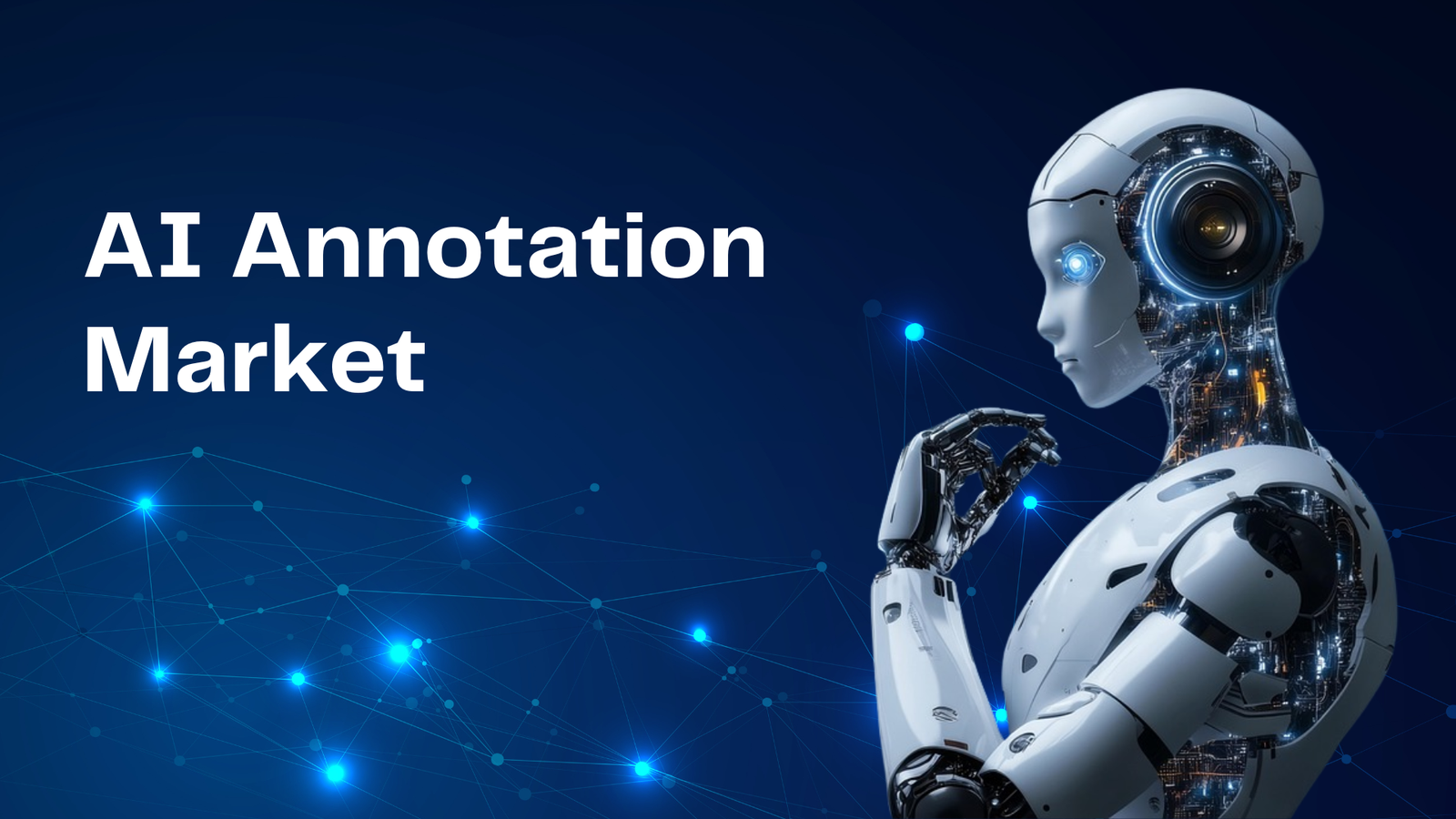
WHAT WE HAVE ON THIS PAGE
Introduction
The Global AI Annotation Market generated USD 2.3 billion in 2024 and is predicted to register growth from USD 3.0 billion in 2025 to about USD 28.5 billion by 2034, recording a CAGR of 28.60% throughout the forecast span. In 2024, North America held a dominan market position, capturing more than a 33.2% share, holding USD 0.76 Billion revenue.
The AI Annotation market is expanding rapidly as AI and machine learning applications across industries demand high-quality, accurately labeled datasets to function effectively. AI annotation involves the detailed labeling of data such as images, text, video, and sensor information to train algorithms for autonomous vehicles, medical diagnostics, natural language processing, and more. The rise of unstructured data from IoT devices, social media, and digital platforms fuels the need for robust annotation solutions that provide precise and consistent datasets enabling better model accuracy and reliability. Increasing adoption of AI in safety-critical sectors such as healthcare and autonomous transport further intensifies this demand.
Request for sample @https://market.us/report/ai-annotation-market/free-sample/
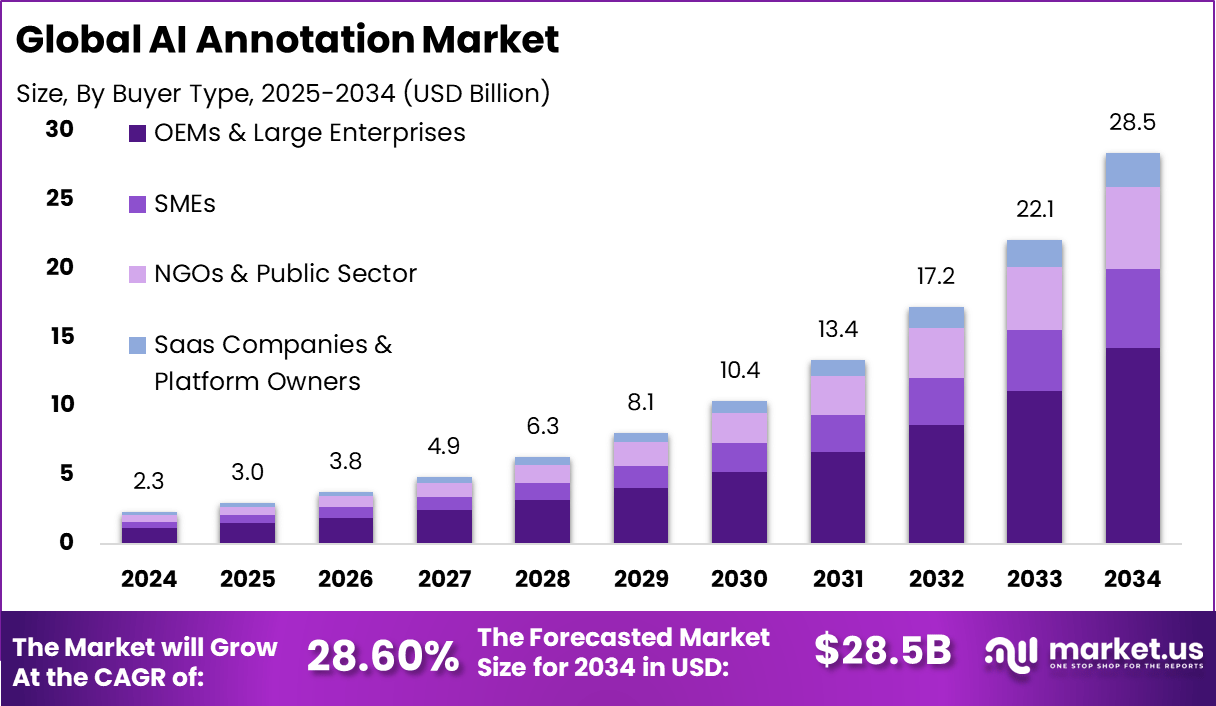
Key driving factors include the widespread integration of AI and ML in business operations, with sectors like autonomous driving and medical imaging requiring more than 30% detailed data annotation growth in recent years. Demand also surges due to ethical AI practices that emphasize unbiased and traceable labeling, regulatory compliance needs like GDPR, and a general push toward AI transparency. Cloud-based annotation platforms allow smaller companies to generate customized datasets efficiently, reducing barriers to entry while improving annotation scalability and turn-around times. Hybrid models combining human and AI-assisted annotation ensure quality while handling large volumes.
Demand analysis shows that autonomous vehicles and healthcare sectors lead but retail, finance, agriculture, and digital content moderation are rapidly growing user segments. Real-time and streaming data annotation for video and sensor inputs is becoming critical, driven by growing IoT and edge AI deployments. Regions such as North America and Asia-Pacific dominate market activity, given strong AI research ecosystems, availability of skilled workforce, and progressive technology adoption. The Middle East and Africa are also catching up fueled by government investments and rising digitalization.
Key Insights
- The image and video annotation segment holds a strong 41.6% share in the AI annotation market, driven by growing demands in autonomous vehicles, healthcare imaging, and security surveillance. Advancements in computer vision and increasing use of semi-automated annotation tools are fueling faster, more accurate data labeling.
- The autonomous vehicles and mobility vertical commands 32.9% of the market share. High-quality annotated data is crucial for training self-driving systems, especially for tasks like object detection and lane recognition using images and sensor data. Market growth is supported by regulatory pushes for safe autonomous technology deployment.
- OEMs and large enterprises dominate the buyer segment with over 50% of the demand. These buyers invest heavily in custom annotation pipelines to support AI initiatives mainly in automotive manufacturing and large-scale industrial applications. Automation and outsourcing help them manage costs while maintaining quality.
AI Statistics
- Based on data from Forbes, the global market for AI tools and services recorded a 31% rise from the previous year and is expected to reach USD 1 Trillion by 2031.
- It was observed that 66% of people use AI regularly, showing strong mainstream reliance on the technology.
- An estimated 378 Million individuals are projected to use AI tools in 2025, reflecting rapid adoption.
- A total of 78% of organizations have incorporated AI into their operations, indicating broad enterprise integration.
- According to DigitalSilk, 65% of AI users belong to Millennial or Gen Z groups, highlighting the influence of younger digital natives.
- Global data showed that 72% of companies use AI in at least one business function, confirming widespread adoption.
- It was reported that 90% of AI users experience higher daily efficiency due to AI tools, demonstrating clear productivity benefits.
- Survey insights revealed that 54% of consumers are willing to share anonymized personal data to support AI improvements and decision making.
- Findings indicated that 38% of Americans hold a favorable view of AI, showing growing national acceptance.
- Data also confirmed that 65% of AI users are Millennials or Gen Z, reinforcing their lead in driving modern AI adoption.
Segmental Analysis
By Data Modality
This segment holds the largest share of the market, reflecting the critical role of image and video data in training AI models. It is vital because of its widespread use in applications like autonomous vehicles, healthcare imaging, retail, and surveillance. The dominance of this segment highlights that computer vision remains the primary focus area for annotation, driven by the growing adoption of AI systems that require detailed visual understanding and object recognition.
By Vertical
The autonomous vehicles and mobility vertical commands a significant portion of the market due to the immense need for large, accurately annotated datasets required to train self-driving cars and mobility AI. The complexity of this vertical, which relies heavily on multi-sensor fusion data including images, videos, and LiDAR, reinforces its strong market share. Continued regulatory emphasis on safety and automation are pushing investments, intensifying demand for precision annotation in this sector.
By Buyer Type
OEMs and large enterprises represent the biggest adopters of AI annotation services. Their large-scale AI projects necessitate customized, high-quality annotation workflows to maintain competitive advantages, especially in automotive, manufacturing, and computer vision applications. These buyers often blend in-house efforts with outsourcing to balance cost, scale, and quality, reflecting their dominant market share. They lead innovation through investments in automation and data pipeline enhancements, driving the overall market growth.
These insights illustrate the critical intersection of demand for high-quality visual data annotation, the complexity of autonomous vehicle AI training, and the strategic role of large enterprises investing heavily to scale AI model training efficiently. Together, they explain why these segments lead the market and shape its future direction.
Key Market Segment
By Data Modality
- Image and Video Computer Vision
- LiDAR and Sensor Fusion
- Text and Natural Language Processing (NLP)
- Audio and Speech
- Tabular, Structured, and Synthetic Data Tagging
By Vertical
- Autonomous Vehicles & Mobility
- Geospatial & Remote Sensing
- Medical Imaging and Healthcare
- Retail & E-Commerce
- NLP, Enterprise Search, and Finance
- Defense & Security
By Buyer Type
- OEMs & Large Enterprises
- SMEs
- NGOs & Public Sector
- SaaS Companies & Platform Owners
Top Key Players
- Scale AI
- Surge AI
- Sama
- iMerit
- Appen
- Playment
- CloudFactory
- Shaip
- Cogito Tech LLC
- Labelbox
- SuperAnnotate
Recent Development
- June, 2025, Scale AI, Inc. announced a substantial new investment from Meta Platforms, Inc. expanding its commercial relationship to accelerate deployment of advanced data solutions, driving AI capabilities across defense and industry sectors. The company is also expanding global office capacity in November 2025 to support growing demand.
- September, 2025, Surge AI was reported in talks to raise up to $1 billion in funding, aiming to expand capacity and commercial offerings for AI data labeling, targeting regulated vertical markets such as finance and healthcare.
Conclusion
The AI annotation market is expanding rapidly due to its critical role across industries such as autonomous vehicles and healthcare. Automation combined with human oversight is driving efficiency gains, while large enterprises and North America lead adoption, setting a strong growth trajectory for the market. This growth reflects the rising importance of high-quality annotated data in powering next-generation AI systems.
Sources

Barry loves technology and enjoys researching different tech topics in detail. He collects important statistics and facts to help others. Barry is especially interested in understanding software and writing content that shows its benefits. In his free time, he likes to try out new healthy recipes, practice yoga, meditate, or take nature walks with his child.




